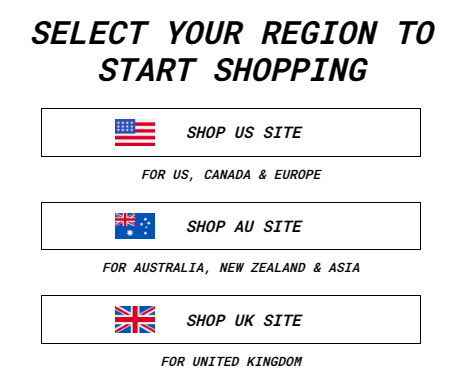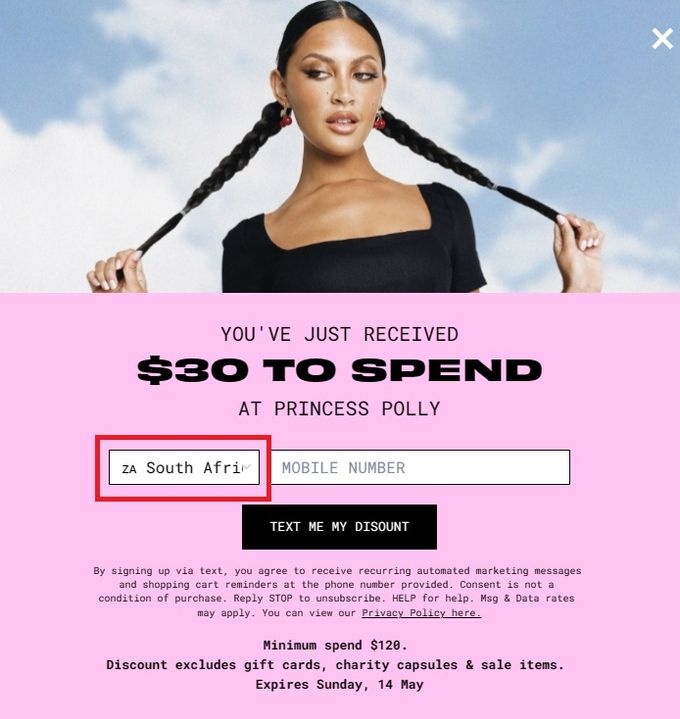What Is Predictive Personalization?
Learn how to take the proactive approach with your personalization efforts through predictive personalization.
Updated November 19, 2024

Personalization is non-negotiable in eCommerce. 60% of your visitors can become repeat customers if you give them personalized buying experiences. While there are different ways to achieve this, predictive personalization is rising along with AI to change the retail space. Below, we look at what predictive personalization is and how it works to help you stay ahead of the curve and meet your customers' needs.
Understanding Predictive Personalization
Predictive personalization is a powerful marketing approach that uses AI, machine learning, and data analytics to clearly understand customers' needs and provide personalized experiences in real time.
Predictive personalization stands apart from other personalization approaches because it's proactive. Instead of simply reacting to explicit customer requests, it can already begin to anticipate your customers' needs based on data like their location, demographic, or browsing behavior.
For example, Princess Polly, an online fashion store, starts the predictive personalization process immediately on their homepage. Visitors can choose their shopping region, meaning prices, stock availability, and shipping information are already localized for them.
Additionally, visitors receive a discount to encourage them to purchase. Because the discount is sent via text, visitors need to submit their mobile number. Predictive personalization instantly picks up the visitor's location and automatically inserts it into the form. This means the visitor can just type in their number without changing any other settings.
» Learn how personalization can help you improve merchandising in your store
How Predictive Personalization Works
Predictive personalization works by analyzing customer data and making real-time predictions about their behavior using advanced algorithms, machine learning techniques, and AI. In a nutshell, the process works like this:
- Collect Your Data You can gather information from a range of sources, including customer interactions with your website, social media, and email marketing campaigns.
- Analyze Your Data By using predictive tools like AI, machine learning, and algorithms, you can analyze your data to uncover patterns and trends in customer behavior, preferences, and interests.
- Predict Your Customers' Behavior Once you've identified trends, your predictive tools can generate predictions about what a customer is likely to do next, allowing you to give your customers what they need before they even have to ask for it. This can include what products customers will likely purchase, what content will draw their attention, and what channels they prefer to communicate through.
- Personalize Your Customers' Shopping Experience You can implement your predictive personalization strategy to give your customers customized search results, upsell and cross-sell product recommendations, and emails.
If you implement predictive personalization successfully, you can deliver more relevant and timely content by anticipating your customers' requirements and preferences. This, in turn, boosts your chances of engagement and conversion.
» Need to boost your email marketing? Here's how to use AI to personalize emails
Fast-Forward to Success With Predictive Personalization
Predictive personalization is a formidable marketing strategy that can help you understand your customers' needs and give them the best shopping experience possible. While predictive tools can process a lot of data quickly and even pick up patterns that a person might miss, customer behavior is ever-changing. By making sure your tools and models are updated, you can maintain a competitive edge and efficiently grow your online operation.
» Discover more effective ways eCommerce personalization helps your business






